
In Part 1 we learned about all of the benefits from water and how important it is in maintaining our health and wellness. Today we are going to look at what the recommendations are for how much water we should be consuming every day as well as other recommendations for specific populations. Pay attention towards the end of today’s post for the symptoms of and factors associated with dehydration so that you can detect when it is happening early and begin to remedy the situation for your best health.
Optimal Hydration
How much hydration do I need? There is no exact answer to that question as every person has different needs and there are different factors like their age, gender, body weight, the climate they live in, their activity level, their clothing choice, etc.
Water intake may also need to me modified if you are exercising, living in a hot or humid area, if you are pregnant or breast-feeding or if your overall health is off like having a bladder or urinary tract infection, are vomiting or have diarrhea.
A good rule of thumb- for every pound of sweat you lose; you need to replenish a pint of water.
Specific Recommendations concerning water consumption.
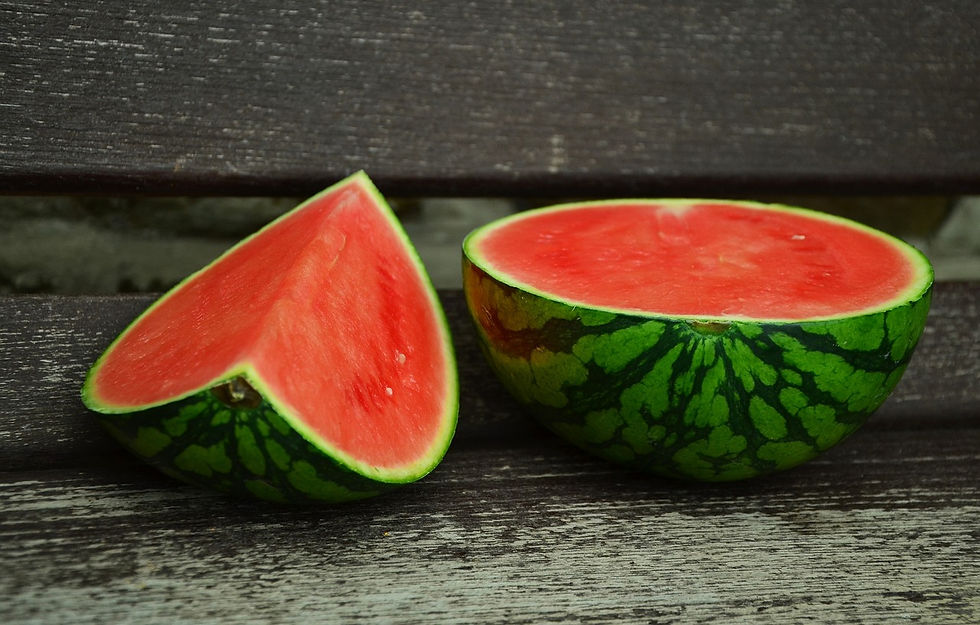
Adults:
The US Academies of Sciences, Engineering and Medicine recommends for food and drink to be combined to equal:
· For men- about 15.5 cups / 3.7 liters / 125 ounces
· For women- about 11.5 cups / 2.7 liters / 91 ounces
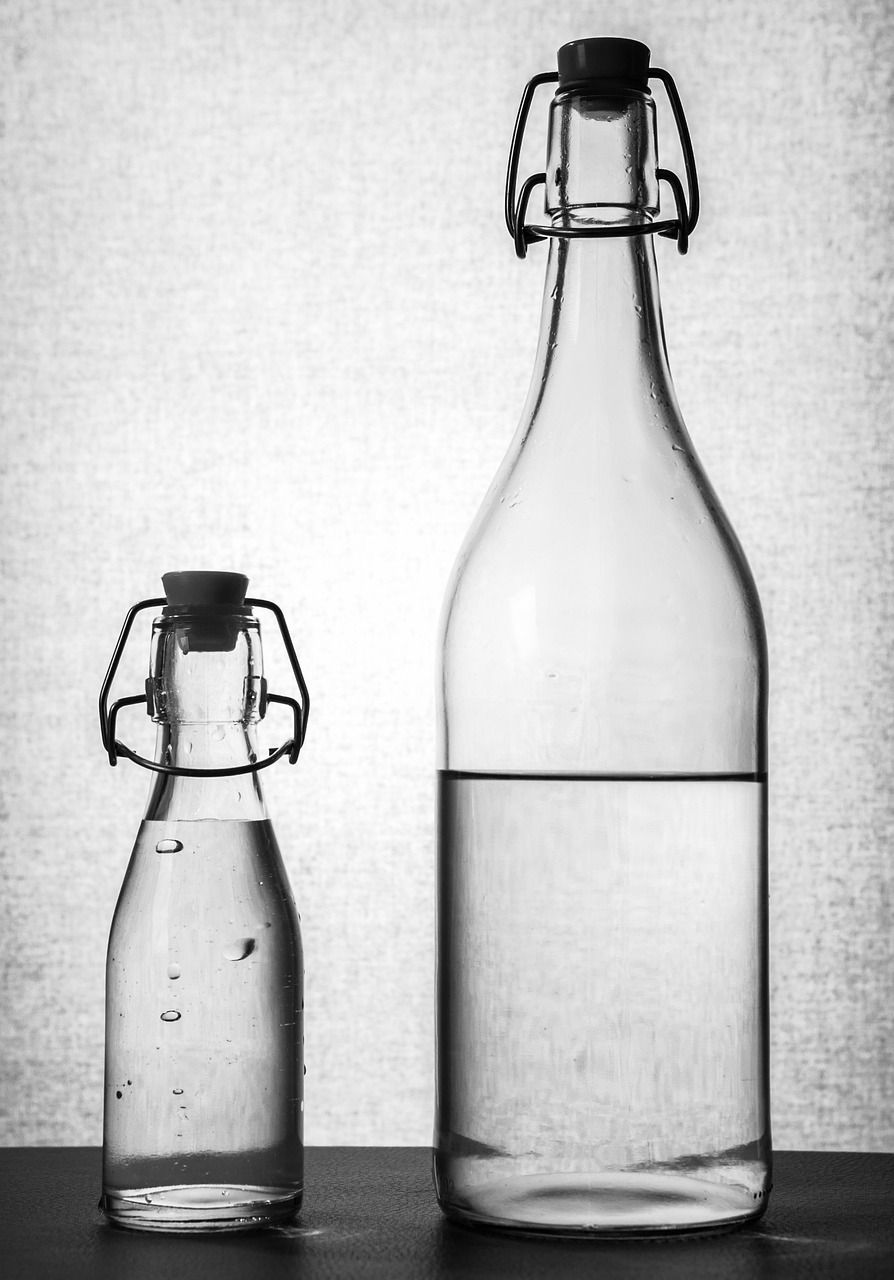
As I noted above that is combines food and drink. A more accurate recommendation for daily fluids alone is:
· For men- 12.5 cups / 100 ounces
· For women- just over 9 cups / 73 ounces
FYI: About 20% of daily fluid intake comes from food.

Children:
Their needs vary with size and age, a general recommendation is:
· 4-8 years- 4-6 cups / 1-1.5 liters
· 9-13 years- 6-8 cups / 1.5 – 1.9 liters
· 14-18 years- 8-10 cups / 1.9 – 2.4 liters
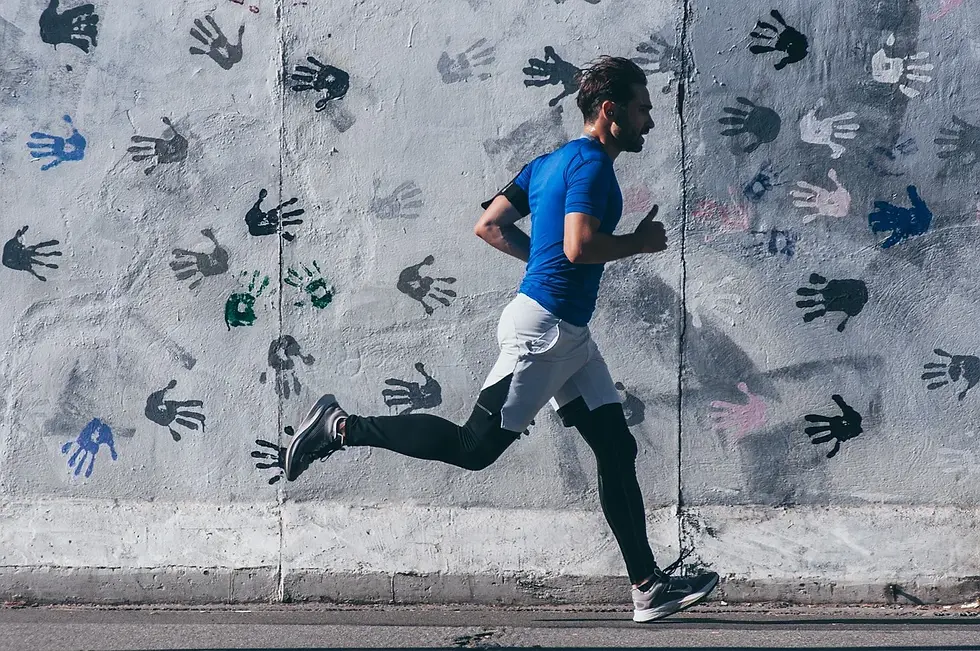
American Council on Exercise recommends as hydration strategies for exercise:
· 17-20 ounces 2-3 hours before exercise
· 8 ounces during warm-up
· 7-10 ounces every 10-20 minutes during exercise
· 8 ounces within 30 minutes after exercising
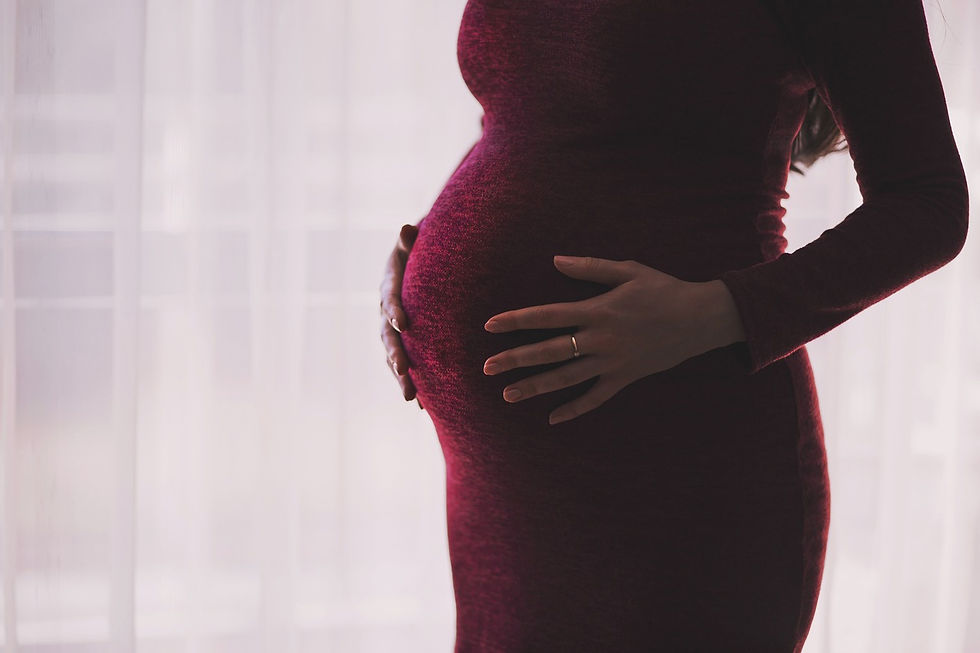
Pregnant and Breast-feeding women are recommended:
· Pregnant women to aim for 10 cups / 2.4 liters
· Breast-feeding need 13 cups / 3.1 liters
Another recommendation that I have heard for years is to consume half of your body weight in ounces of water every day. (IE- if you are 200 pounds, drink 100 ounces of water.)
Suboptimal Hydration
Suboptimal hydration is a new area of study. Studies are showing that adults who stay well-hydrated appear to be in better health, experience fewer chronic health conditions and enjoy greater longevity than those who have suboptimal hydration.
Dehydration
Dehydration occurs when your body loses or uses more fluids than you take in and the body doesn’t have enough water and other fluids to perform normal bodily processes or functions.
Some studies show that 17-28% of older adults are dehydrated and only 22% of adults report drinking more than 8 cups of water per day in a CDC survey.
Effects of dehydration can be mild to severe, or even life threatening. You can begin to notice some symptoms with as little as 2% water deficit. A simple test to see if you are dehydrated is to pinch the skin on the back of your hand and pull up- if it falls back slowly then you need some fluids, if it drops back quickly then you are probably ok.
Some of the more common symptoms of dehydration include:

· Feeling thirsty.
· Having dark colored, strong-smelling urine.
· Headache.
· Low blood pressure.
· Bad breath.
· Dizziness, light-headedness or fainting.
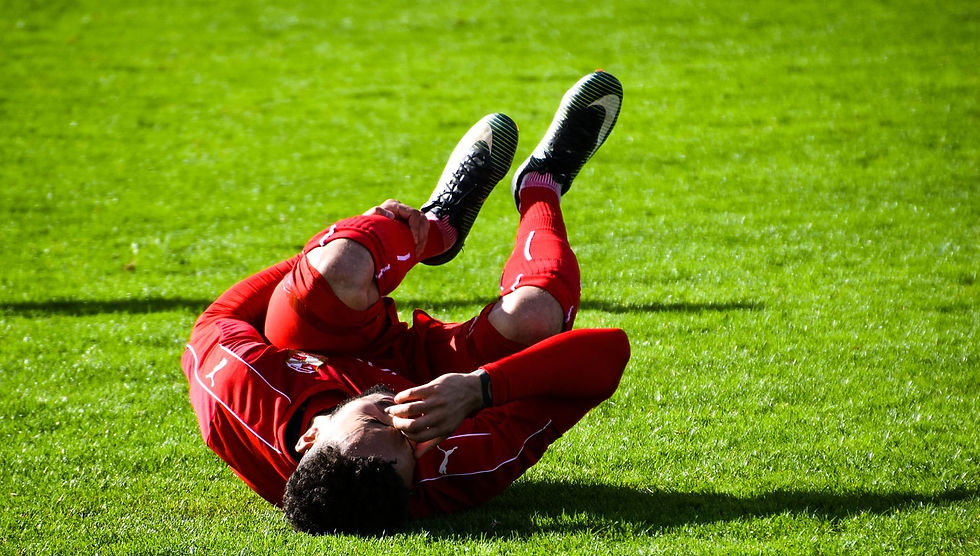
· Muscle cramping.
· Fever and chills from heat illness.
· Rapid heartbeat or breathing.
· Cravings for sweets.
· Fatigue or sleepiness.
· Constipation.
· Urinating less often than usual.
· Sunken Eyes.
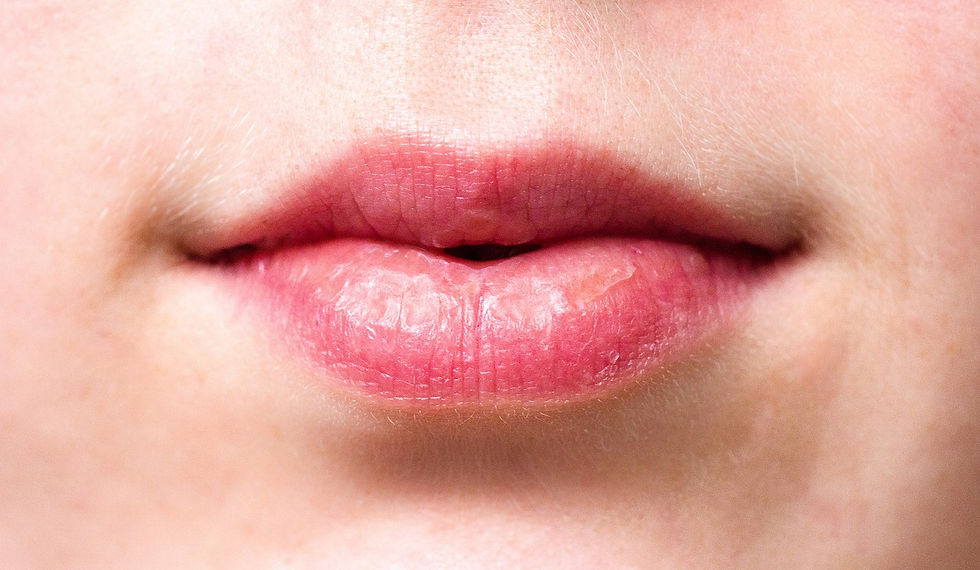
· Dry skin, tongue, mouth or lips.
· Feeling cold.
· Feeling irritable or having a low / depressed mood.

· Confusion, brain fog, short-term memory loss, difficulty focusing.
· Trouble concentrating or remembering.
Severe dehydration can lead to heatstroke and also raise the risk of UTI, metabolic disease, falls due to dizziness, swelling in your brain, kidney disease and failure, cardiovascular disease and seizures and can be life threatening- especially in older people.
Symptoms of severe dehydration include:
· Feeling unusually tired or lethargic.
· Not passing urine for 8 hours.
· A weak pulse.
· A rapid pulse.
· Fits / seizures.
· A low level of consciousness.
Factors that contribute to dehydration:

· Not getting enough fluid in your diet.
· Being outside in hot weather.
· Exercising.
· Some medications, like diuretics or laxatives.
· If you tend to sweat a lot.
· Medical conditions including diabetes, heart disease or cystic fibrosis.
· Older individuals naturally feel less thirsty, can have memory problems and mobility issues that can make it harder to stay hydrated
I hope that these lists were informative and will help to guide you to proper hydration so that you can feel your best, be the best version of yourself in daily life and avoid some serious risks. Join me next time for a continuation of this topic covering tips and strategies for staying hydrated!
Resources:
Next Time:

Stay tuned for my next blog in 2 weeks for Hydration Part 3: 17 Simple Tips & Steps to Staying Hydrated.
Author: Jen Hassaj | 5-15-2024




Comentarios